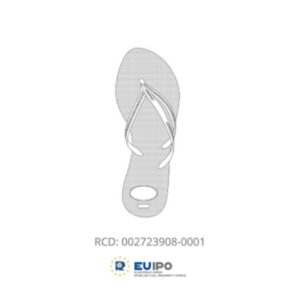With the scope of trade marks expanding all the time, it is essential to ensure that the format in which you want your trade mark to be can in fact be registered.
With the scope of trade marks expanding all the time, it is essential to ensure that the format in which you want your trade mark to be can in fact be registered.
The traditional format for a trade mark is a word, logo or phrase which directly represents a brand. However there has been growth with more non-traditional trade marks, for example colours. The latest in these unusual trade marks to be considered is smells.
No matter its format, for a trade mark to be registered in the UK, it must satisfy section 1 Trade Marks Act 1994. This states that a mark must have the ability to be graphically represented and it can distinguish between goods or services.
The problem for a smell is how exactly can it be graphically represented.
The court sought to clarify the situation in Sieckmann v Duetsches Patent- und Markenamt (C-273/00). The court first clarified that any mark needs to be ‘clear, precise, self-contained, easily accessible, intelligible, durable and objective’. In addition for it to be graphically represented it also must contained lines, images or characters.
The Court of Justice for the European Union continued to consider a number of alternatives put forward as suitable ways to graphically represent a smell.
They stated that firstly a description was not precise or clear, secondly a chemical formula of the smell is not easily accessible or objective and thirdly, an actual sample of the smell would not be durable or objective.
While these methods were deemed inadequate, the court was open to considering further suggestions.
As of yet, no method has been successfully approved for graphically representing a smell, but if you have an idea of how it can be done and are looking to register a smell as a trade mark, contact Jane at The Trademarkroom.











